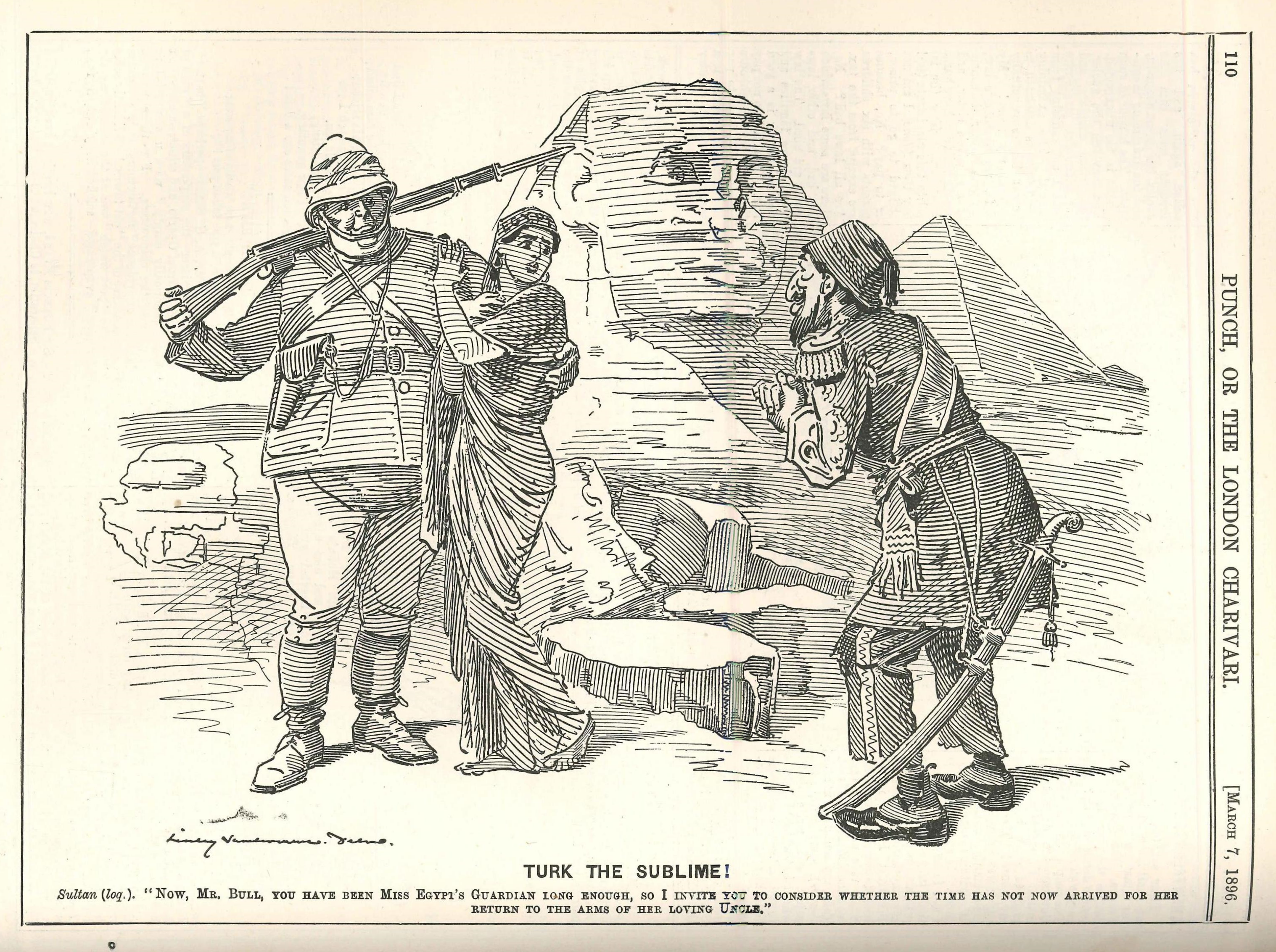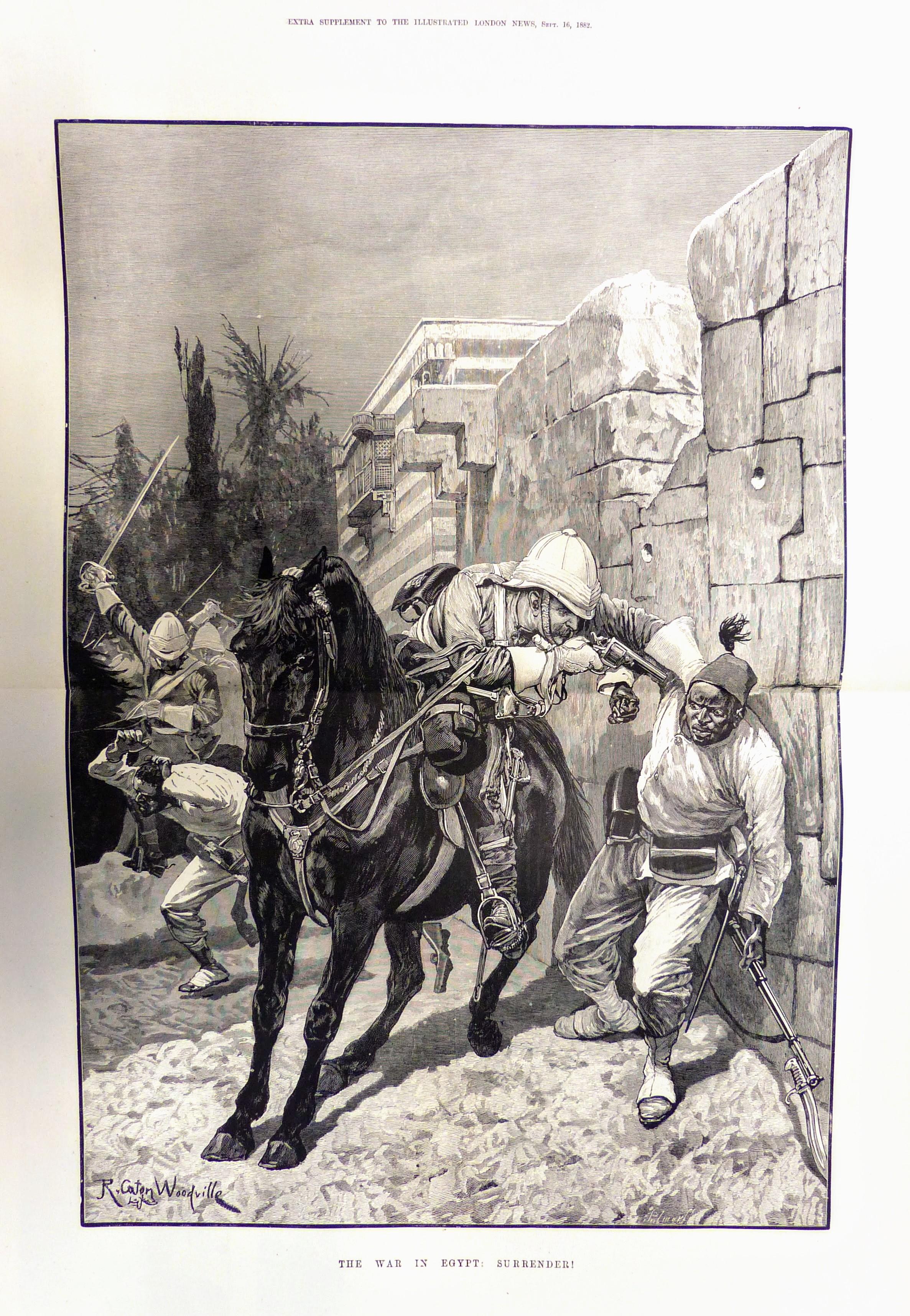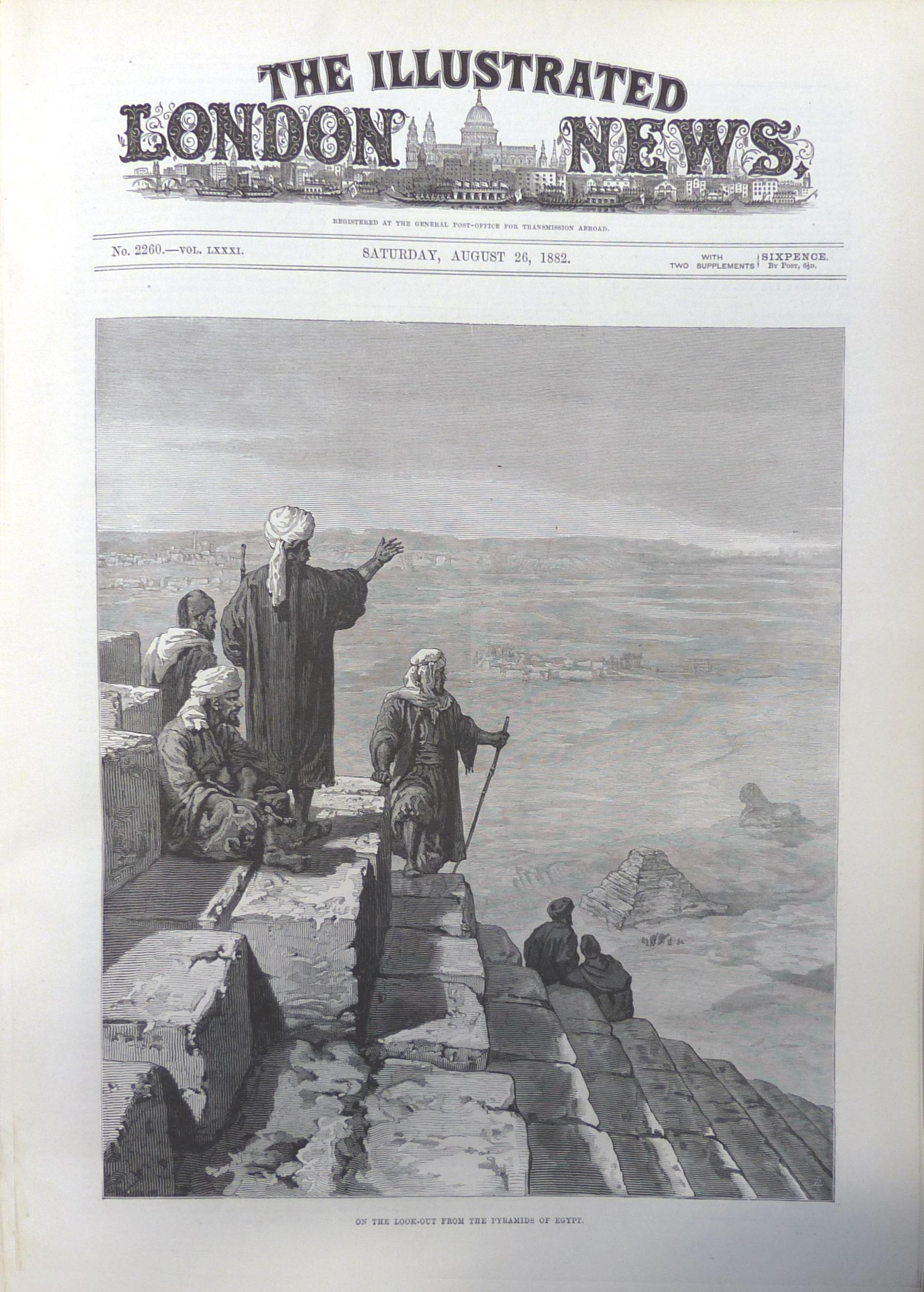How Did The British Gain Control Over The Suez Canal
Egypt held detail interest for Victorians as a strategic gateway to the Orient. The first Arabic-speaking state to experience overlapping colonial encroachments past European powers, Egypt became an autonomous country inside the Ottoman Empire under the rule of Muhammad Ali Pasha (1805-1848) and his male person successors. From 1852, United kingdom kept an increased presence in northern Egypt to maintain the overland trade road to India and to oversee the structure of the Cairo–Alexandria railway, the beginning British railway built on foreign soil. Soon thereafter, French investors financed the construction of the Suez Canal to connect the Mediterranean and Red Seas. Isma'il Pasha sold Egypt's shares of the Suez Canal Company to Britain in 1875 in the wake of a financial crisis. Dissatisfaction with European and Ottoman dominion led to a nationalist revolt in 1879. The British military occupied Egypt in 1882 to protect financial interests in the country, culminating in a violent war. Britain won, restored the Khedival authority in Cairo, and established a 'veiled protectorate' over Ottoman-Egypt until the First World State of war. The British occupation saw an increase in archaeological fieldwork, tourism, and irrigation projects to boost Arab republic of egypt's cotton product and exportation. Egypt declared independence in 1922, although Britain did not withdraw all its troops until after the 1956 Suez Crisis.

This political drawing features John Bull as a British soldier physically protecting Egypt, who is depicted as the sexualised female object of Orientalist fantasy, passively leaning into Bull'due south artillery. The Turkish Sultan pleads with U.k. 'to consider whether the fourth dimension has not at present arrived for her return to the arms of her loving uncle.' Victorians regularly played with gendered tropes to portray Britain as a masculine and heroic saviour, Egypt as feminine and frail, and the Ottoman Empire as weak and in decline. The scene unfolding in forepart of the Sphinx reflects the cribbing of Arab republic of egypt'due south ancient by during the British occupation of the country.

The Anglo-Egyptian War lasted from May to August 1882. The Illustrated London News provided sketches every week to keep British audiences updated. This image followed the final conflict at Tell el Kebir which killed two,000 Egyptians and resulted in the give up of Colonel Ahmed 'Urabi's ground forces. As in iconographic propaganda by the pharaohs showing defeat of their foreign enemies, British forces were represented as victorious on the battlefield to justify their interference.

British majestic interests ensured that Egypt received a neat deal of anthropological attention. The colonial agenda determined Egyptian inferiority co-ordinate to universal hierarchies of race. Orientalists used the 'comparative method' to report the ancient and mod inhabitants of the country, treating Egyptian peasants as passive objects of ascertainment and classification, much similar artefacts. This epitome is from a special serial published at the height of the Anglo-Egyptian war entitled 'Egypt every bit it is,' which oft objectified locals by placing them next to ancient ruins. Information technology shows Egyptian Bedouin, who ofttimes escorted tourists upward the pyramids, 'anxiously looking out, beyond Cairo, for the arroyo of the British Army.'
How Did The British Gain Control Over The Suez Canal,
Source: https://www.whipplelib.hps.cam.ac.uk/special/exhibitions-and-displays/conflicting-chronologies/britain-egypt
Posted by: kellyperen1982.blogspot.com


0 Response to "How Did The British Gain Control Over The Suez Canal"
Post a Comment